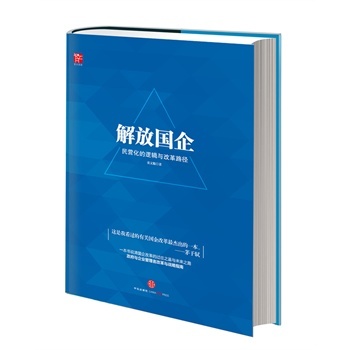Free State-owned Enterprises from the Predicament
Jun 06,2016
By Zhang Wenkui, DRC

This book points out that the state-owned enterprises’ (SOEs) reform in China involves the most important sectors of national economy including petroleum, petrifaction, telecom, railway, finance and etc. The efficiency of these enterprises have a direct impact on the performance of the whole national economy. Thus, SOEs’ reform is the top issue of Chinese economic reform. But in the past ten years, SOEs’ reform has almost got stagnated. People may ask that in the near future, will SOEs’ reform make substantial progress? How to push forward SOEs’ reform? Should China stop SOEs’ ownership reform? What is the next step of SOEs’ reform, marketization or privatization? Will SOEs be integrated with market economy? Is SOEs’ reform plan a poison or a good remedy ? These questions did not fade away with the closing of the Third Plenary Session of the 18th CPC Central Committee. On the contrary, people’s doubts, confusions and concerns have increased.
This book has seven chapters which give a detailed illustration of the blueprint of SOEs’ reform in China, such as challenges facing SOEs’ reform featured by Chinese paradigm, state-owned economy and state capitalism, a second round of reform for private enterprises according to a fixed time, the logic of privatization, “practical” privatization plan, from state-owned asset management to state-owned asset governance, decisions made at the Third Plenary Session of the 18th CPC Central Committee and a package plan for structural reform.
Free State-owned Enterprises from the Predicament gives a most authoritative explanation of the blueprint of SOEs’ reform. It analyzes SOEs’ reform from a more rational and realistic perspective. People may get answers from the book relating to many unsolved and unclarified questions in the past decades. It is believed that this book will provide valuable theoretical support and practical guidance for China’s SOEs’ reform in the future. Thanks are given to all those who have given kind assistance to the research work as well as writing and publishing of the book. Due to limited time and knowledge, some mistakes and errors in the book are unavoidable and all criticisms and comments are sincerely welcome.














